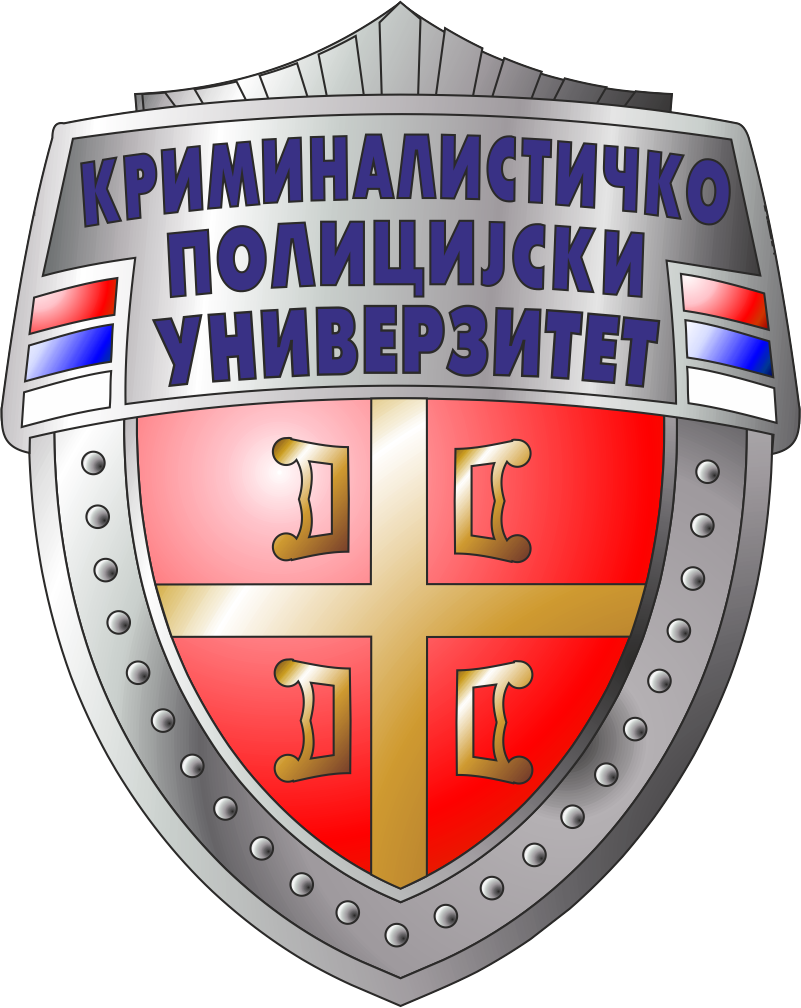Приказ основних података о документу
Visualization of Latent Fingerprints Using Dextran-Based Micropowders Obtained from Anthocyanin Solution
| dc.creator | Vučković, Nemanja | |
| dc.creator | Dimitrijević, Stefan | |
| dc.creator | Milašinović, Nikola | |
| dc.date.accessioned | 2023-09-21T11:37:07Z | |
| dc.date.available | 2023-09-21T11:37:07Z | |
| dc.date.issued | 2020 | |
| dc.identifier.issn | 2687-3397 | |
| dc.identifier.uri | http://jakov.kpu.edu.rs/handle/123456789/1505 | |
| dc.description.abstract | Fingerprints are usually classified as patent, plastic, and/or latent. However, detection and visualization of latent fingerprints, as relevant traces found at the crime scene are very important for reliable identification of suspects by law enforcement personnel. Chemical and physical methods have now been used for years for that purpose, but they showed many deficiencies, where the most important one was related to their toxicity. Therefore, researchers are in constant search for producing complementary, less harmful methods, and some novel approaches are based on (bio)polymeric materials exploiting their specific properties. In this paper, dextran-based micropowders obtained from anthocyanin solution by the simple precipitating method were synthesized and characterized. Dextran is widely used in medicinal and pharmaceutical applications, but, up to our knowledge, no study has been reported using this biopolymer as a powder component for the developing agent for latent fingermarks visualization. Besides being biodegradable and biocompatible, dextran shows non-toxic properties and thus prevents detrimental effect on humans often present when commercial chemical and physical methods are being routinely employed, while at the same time reduces the overall cost of the obtained powder system. Four different formulations of dextran-based micropowders were prepared with the aim of evaluating their performances in visualizing latent fingerprints. FT-IR analyses confirmed interactions between components of the systems. Optical microscopy showed that prepared powdered samples were small and uniform in size, while at the same time confirmed their easy binding to the sweat and lipid residues present in the latent trace. The results demonstrated that these novel dextran-based powders have the potential to supplement routinely employed physical systems in detecting and visualizing latent fingerprints. | sr |
| dc.language.iso | en | sr |
| dc.publisher | Ankara : Institute of Forensic Sciences | sr |
| dc.rights | restrictedAccess | sr |
| dc.rights.uri | https://creativecommons.org/licenses/by/4.0/ | |
| dc.source | Turkish Journal of Forensic Science and Crime Studies | sr |
| dc.subject | latent fingerprints | sr |
| dc.subject | (bio)polymers | sr |
| dc.subject | dextran | sr |
| dc.subject | brassica oleracea var. capitata f. rubra | sr |
| dc.subject | anthocyanins | sr |
| dc.subject | forensic science | sr |
| dc.title | Visualization of Latent Fingerprints Using Dextran-Based Micropowders Obtained from Anthocyanin Solution | sr |
| dc.type | article | sr |
| dc.rights.license | BY | sr |
| dc.citation.volume | 2 | |
| dc.citation.issue | 2 | |
| dc.citation.spage | 83 | |
| dc.citation.epage | 133 | |
| dc.identifier.rcub | https://hdl.handle.net/21.15107/rcub_jakov_1505 | |
| dc.type.version | publishedVersion | sr |


